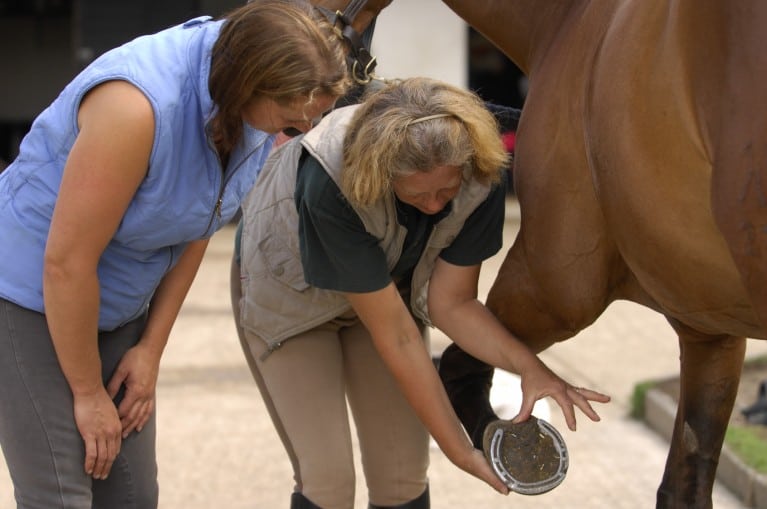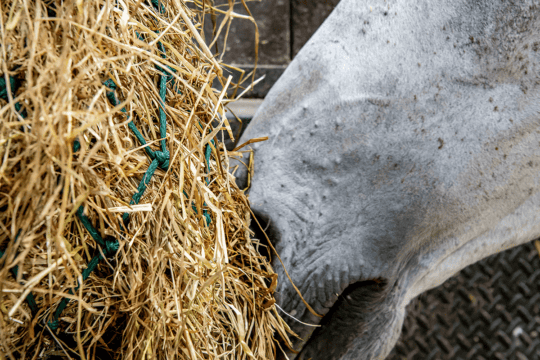Q: My gelding has been diagnosed with a bruised sole and now hasn’t any shoes on his front feet. Please could you give me some information about the problem – and when do you think I will be able to ride him again?

Deidre Carson answers:
A sole bruise is damage to the soft-tissue structures of the foot, deep to the horny layers. Usually, most bruising we see is due to the shoe putting pressure on the sole or the heel because it has been on the foot too long, or because it has twisted.
We often see bruising in the region of the heels when the heels are collapsed and the horn tubules are running almost parallel to the ground, rather than more perpendicular. In this case, and when the heel is bruised because of a badly fitting shoe, the lesion is called a corn.
Thin-soled horses, in particular, can suffer from bruised soles quite easily, properly. This is because there is little horn overlying the soft-tissue structures to protect them. And if you’re trying to identify a bruise, in a white foot the bruised area can be seen as a pale red stain, but it is not as obvious in a black foot.
Treatment
A bruise is painful when pressed with hoof testers – and possibly even your thumbs – and a bad bruise may even release a small amount of blood when explored with hoof testers.
Most bruised feet, however, recover relatively quickly with some rest. This might necessitate the removal of the ill-fitting shoes and leaving them off until the soreness resolves, or applying a poultice or padding to protect the sole while it repairs. However, in horses who are predisposed to corns, it may actually be necessary to have some corrective farriery carried out to improve the conformation of the feet.
Treatment
Thin-soled horses, such as Thoroughbreds, may benefit from the use of pads under their shoes to protect the soles. And there are products available which are applied to the foot, then ‘set’ into the shape of the sole.
These help prevent water or bedding getting under the pad. If you are interested in finding out more about this, speak to your vet and farrier.















